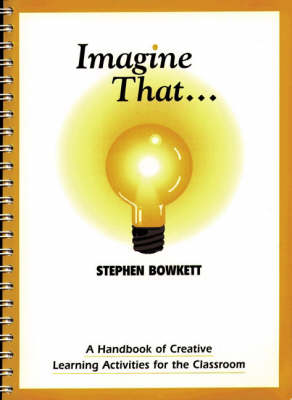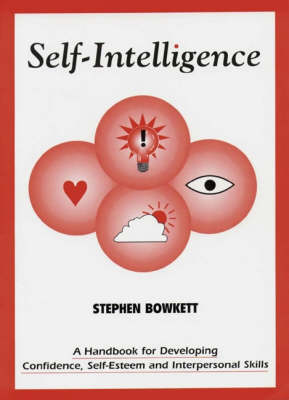The resource collection
2 total works
Imagine That...is a hands-on user-friendly manual for stimulating creative thinking, talking and writing in the classroom. It combines many recent ideas of educational importance - such as multiple intelligence theory, emotional intelligence and preferential learning styles - with effective strategies for implementing these concepts via a range of practical activities. These can be used throughout the curriculum and across a wide age-range with children of all abilities. What the Book Covers Outlines a straightforward and workable model of the mind that incorporates recent findings in brain research with powerful activities to promote learning and creativity. Explores the nature of creative thinking and how this can be effectively driven through an ethos of positive encouragement, mutual support and celebration of success and achievement. Links content and process within the learning environment. Addresses the emotional components of the educational experience, and how these can be optimised to enhance self-esteem and confidence in the learner.
Provides nearly 100 practical and immediately useable classroom activities and games that can be used in isolation, or in combination, to help meet the requirements and standards of the National Curriculum. In short, Imagine That...empowers children to learn how to learn.
Provides nearly 100 practical and immediately useable classroom activities and games that can be used in isolation, or in combination, to help meet the requirements and standards of the National Curriculum. In short, Imagine That...empowers children to learn how to learn.
Being emotionally resourceful provides a sound platform for developing other skills across the curriculum. "Self-Intelligence", a companion volume to "Imagine That", is designed to develop emotional resourcefulness in yourself and the children you teach. The two books can be used independently, but when you read them in combination you'll find many useful ways of cross-fertilising techniques to equip children with an emotional toolkit, and the skills to pick the right tool for the job. This book covers: how a process of 'meaning making' converts sensory data into the 'map of reality' that shapes our brains, beliefs and language - and how that map can be redrawn; step-by-step instructions for over 100 practical and immediately useable games, simulations, exercises and techniques to help remove blocks to learning and develop insight, confidence, independence and self-esteem; and exciting new ideas for creative exploration in any subject area, including story-making. Many of the explanations are illustrated and accompanied by photocopiable worksheets.
The book's four sections overlap and complement one another: developing sensory acuity - being emotionally capable involves being sensitive to how we and other people behave and feel. This section develops the observation skills that are essential for building awareness and understanding of our environment, others, and ourselves.
The book's four sections overlap and complement one another: developing sensory acuity - being emotionally capable involves being sensitive to how we and other people behave and feel. This section develops the observation skills that are essential for building awareness and understanding of our environment, others, and ourselves.

